Describe the impact of government instability on access to education and how it affects learning opportunities. Education serves as the cornerstone of a country’s future and is more than just a classroom experience. However, such a basis may crumble when governments experience instability. Over 40% of children who are not in school reside in areas affected by violence, according to UNESCO, showing the profound impact that political unrest has on access to education worldwide.
Why Government Stability Is Important For Education
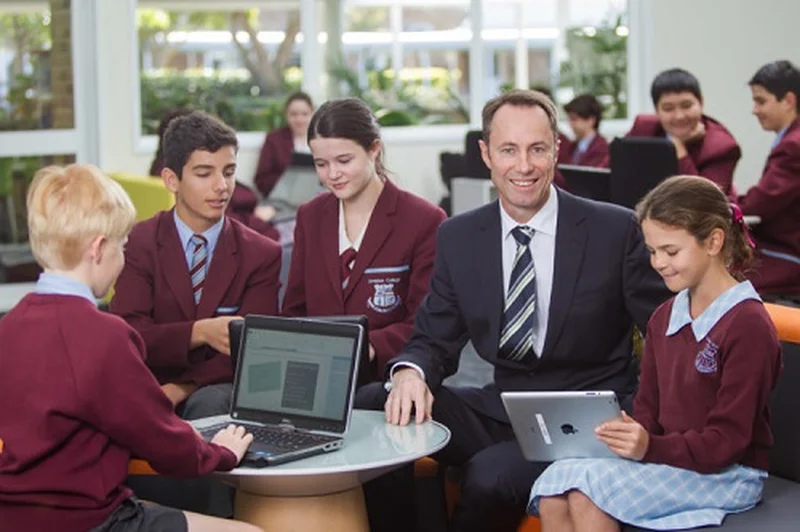
UNESCO reports that millions of children are not attending school at all and that over 222 million children reside in areas affected by crises. Political instability is a factor in this as much as poverty. The manner in which educational systems are financed, run, and provided is influenced by political stability. Schools can plan, administer regulations consistently, and provide resources to kids when governance is stable.
However, access to education is hindered in unstable governments where leadership changes frequently, policies are implemented haphazardly, or daily life is disrupted by conflict. Unsafe learning conditions, teacher shortages, and disrupted schooling are frequently the results of poor governance.
The Link Between Government Stability and Education Systems
Schools require steady funding, rules, and organization, all of which are supplied by stable governments. The delivery of education is disrupted when political stability erodes these foundations.

Governance Quality and Policy Continuity
Planning policies for the long term is crucial to the success of education. Stable governments may commit to multi-year changes, curriculum enhancements, and teacher training. Schools lack a defined direction as a result of frequent leadership changes that disrupt plans in unpredictable political contexts.
Government Revenue and School Funding
A healthy government invests in public services and collects taxes. Instability reduces school budgets by reducing tax revenue or diverting cash to emergency and security initiatives. This translates into fewer classrooms, out-of-date texts, and subpar infrastructure.
Impact on Educational Standards and Curriculum Consistency
Curriculum revisions are frequently the result of shifting political agendas. When exams are reformed without prior preparation or when syllabuses are changed in the middle of the year, students may experience disruptions in their learning. Stability guarantees that educational standards are equitable and predictable.
Impact Of Government Instability On Access To Education

- Funding Cuts and Resource Shortages: Reduced educational activities, damaged infrastructure, and postponed teacher compensation are all consequences of budget uncertainty. This eventually lowers the quality of education and drives pupils out of school.
- Teacher Retention and Training Gaps: Teachers quit when their pay is delayed or their working circumstances deteriorate. Learning results are lowered when less experienced employees take the place of skilled educators.
- Inequitable Access by Region or Demographics: Rural and marginalized communities are frequently more neglected in terms of education under unstable administrations. While certain resources may be provided to urban schools, rural communities are left behind.
- Curriculum and Learning Disruption: Schools may be closed for weeks or months due to political unrest, depriving students of important education. Some, especially older kids who have to work to support their families, never come back.
- Threats to Student Safety and Wellbeing: Schools in conflict areas may be unsafe because of targeted attacks, military occupation, or violence. Children suffer severe psychological harm, which frequently impairs their capacity to learn even after the threat has passed.
Case Studies and Real-World Examples
Situations in the real world demonstrate how classrooms, educators, and students are impacted by political instability. From war-torn areas like Gaza to nations undergoing political upheaval like Ukraine or Lebanon, these instances highlight the difficulties and innovative solutions that sustain education.
Gaza — Education Under Ongoing Conflict
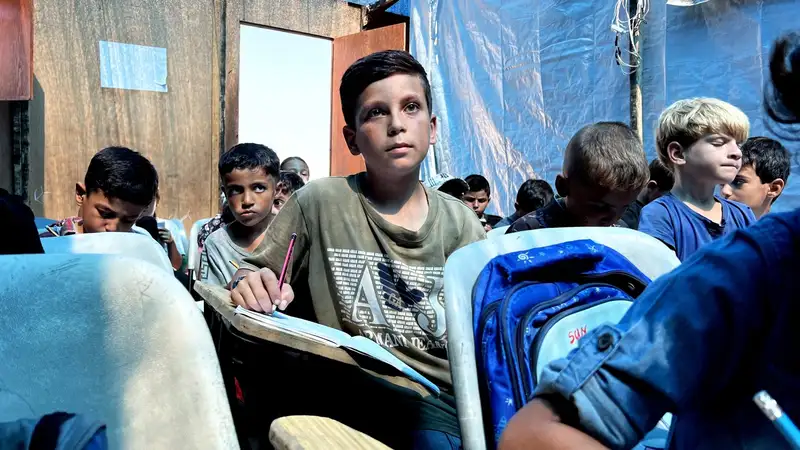
Many schools in Gaza have been damaged or destroyed as a result of years of political unrest and recurrent violence. Thousands of youngsters are compelled to stay at home during intense combat for their own safety, and emergency learning initiatives via radio or community centers frequently take the place of regular classes. Even once classes resume, teachers and students still have to deal with trauma, packed classrooms, and frequent interruptions brought on by instability.
Ukraine — Schools in a War Zone
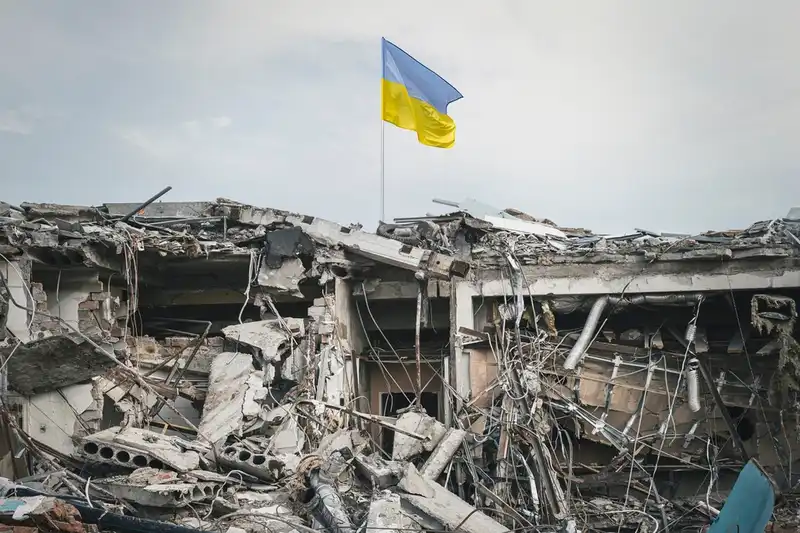
More than 2,600 schools have sustained damage and hundreds have been totally destroyed since the crisis in Ukraine escalated in 2022. Large-scale online learning programs backed by UNICEF and local agencies have resulted from the migration of many families to safer regions or other nations. In order to ensure that pupils can continue learning in spite of the uncertainty, teachers have adjusted by holding virtual sessions from makeshift shelters.
Sierra Leone — Impact of Political Transition on Public Schools
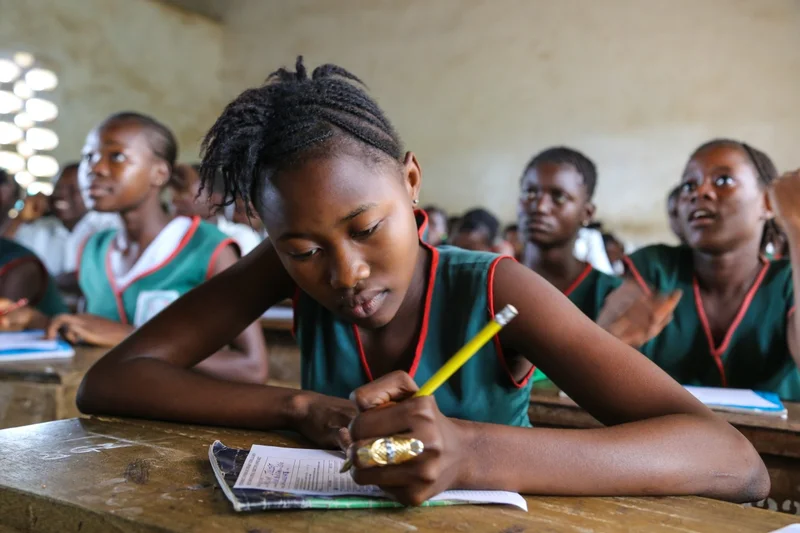
Public education in Sierra Leone was severely disrupted by political unrest in the early 2000s. For months, communities were forced to hold improvised classes in community halls and churches due to the suspension of school funding. It took years to fill the educational void caused by the lack of steady teacher pay and course materials.
Lebanon — Education in a Post-Conflict Recovery Phase
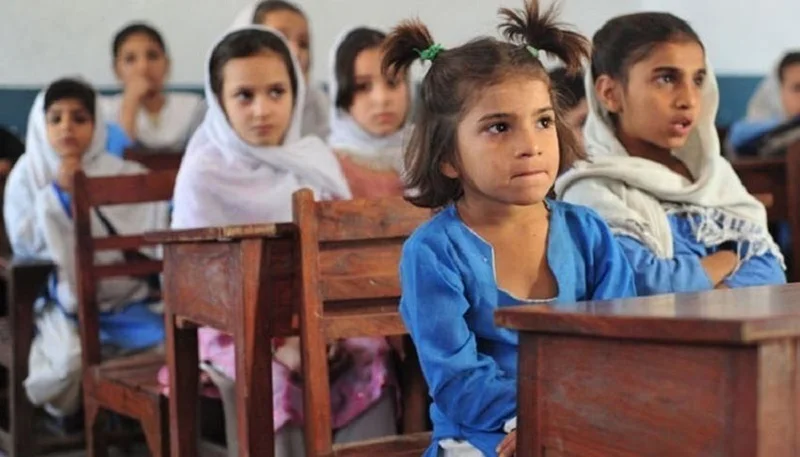
Lebanon had to reconstruct its educational system after years of internal strife, which was hampered by deteriorated facilities and a shortage of funding. International donors provided funding for teacher training programs and mobile classrooms to assist pupils in getting back to school. Amidst persistent political and economic obstacles, these recuperation initiatives demonstrated how focused assistance may sustain education.
Lessons Learned from Stable Governance Models
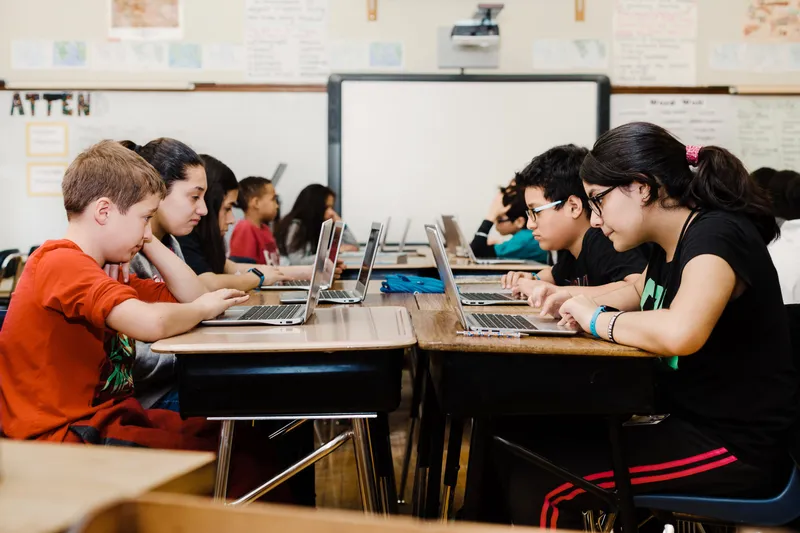
Finland and Singapore are two examples of nations with stable governance that show the advantages of steady investment and policy stability. Long-term teacher training programs and open school funding help Finland sustain strong educational standards. Continuous curriculum innovation is made possible by Singapore’s stable governance, which aids in the nation’s adaptation to changes in the world without interfering with student learning.
Strategies to Protect and Improve Education During Instability
Education frequently suffers in times of disaster, but learning can continue with flexible systems, community involvement, and international support.

Building Crisis-Resilient Education Systems
Adaptable solutions sustain learning through offline digital kits, radio classes, and mobile classrooms. Despite attacks, classes continue to be held in Ukraine thanks to safe internet platforms. Small home classrooms are arranged by NGOs in Gaza when schools are dangerous.
International Cooperation and Donor Support
Organizations like UNICEF and UNESCO provide supplies, teacher training, and reconstruction activities when local resources are insufficient. UNICEF established makeshift classrooms in South Sudan following the destruction of schools due to fighting.
Policy Safeguards for Continuity in Education
Laws can protect school budgets and make them impenetrable in times of crisis. Colombia maintains stability in the face of political upheavals by protecting funds for schools that serve displaced children.
Strengthening Local Governance and Community Involvement
When central systems fail, NGOs, school boards, and local leaders can step in to fill the void. Councils and nonprofit organizations in Lebanon operated temporary classrooms for Syrian refugees, demonstrating that education can continue at the local level.
Recommendations for Policymakers and Stakeholders
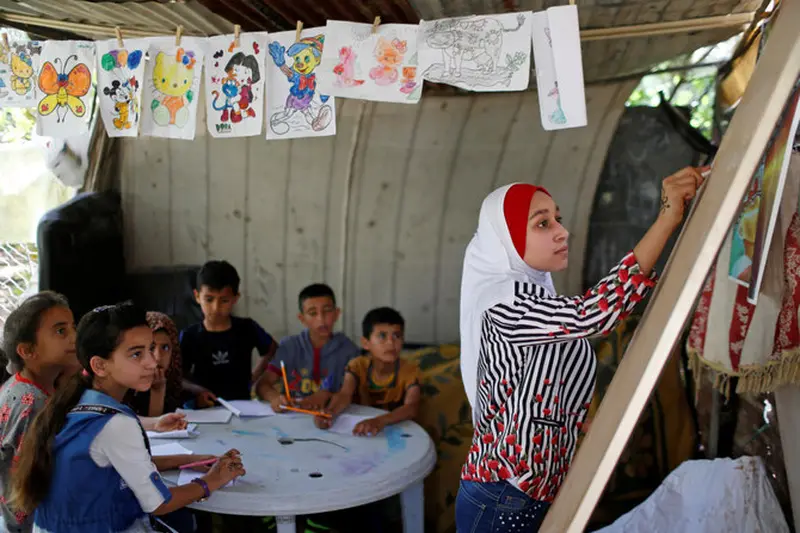
It takes multi-level collaboration, legislative safeguards, and unambiguous agreements to protect education during unstable times.
- A legal guarantee of minimum school financing ensures that essential resources are not eliminated by political shifts.
- Teach educators crisis response techniques, such as trauma-informed care and remote instruction.
- Long-term planning should be guided by international frameworks such as the UN Sustainable Development Goal 4.
- In order for communities, NGOs, and digital businesses to offer substitute learning options in the event that government services are interrupted, promote public-private collaborations.
Conclusion — Securing the Right to Education Amid Political Change
A stable education system is essential for sustained learning and development. Political change should never block a child’s path to knowledge. Governments, NGOs, and communities must work together to ensure that even in unstable times, the right to education is protected for all.
CONTACT
